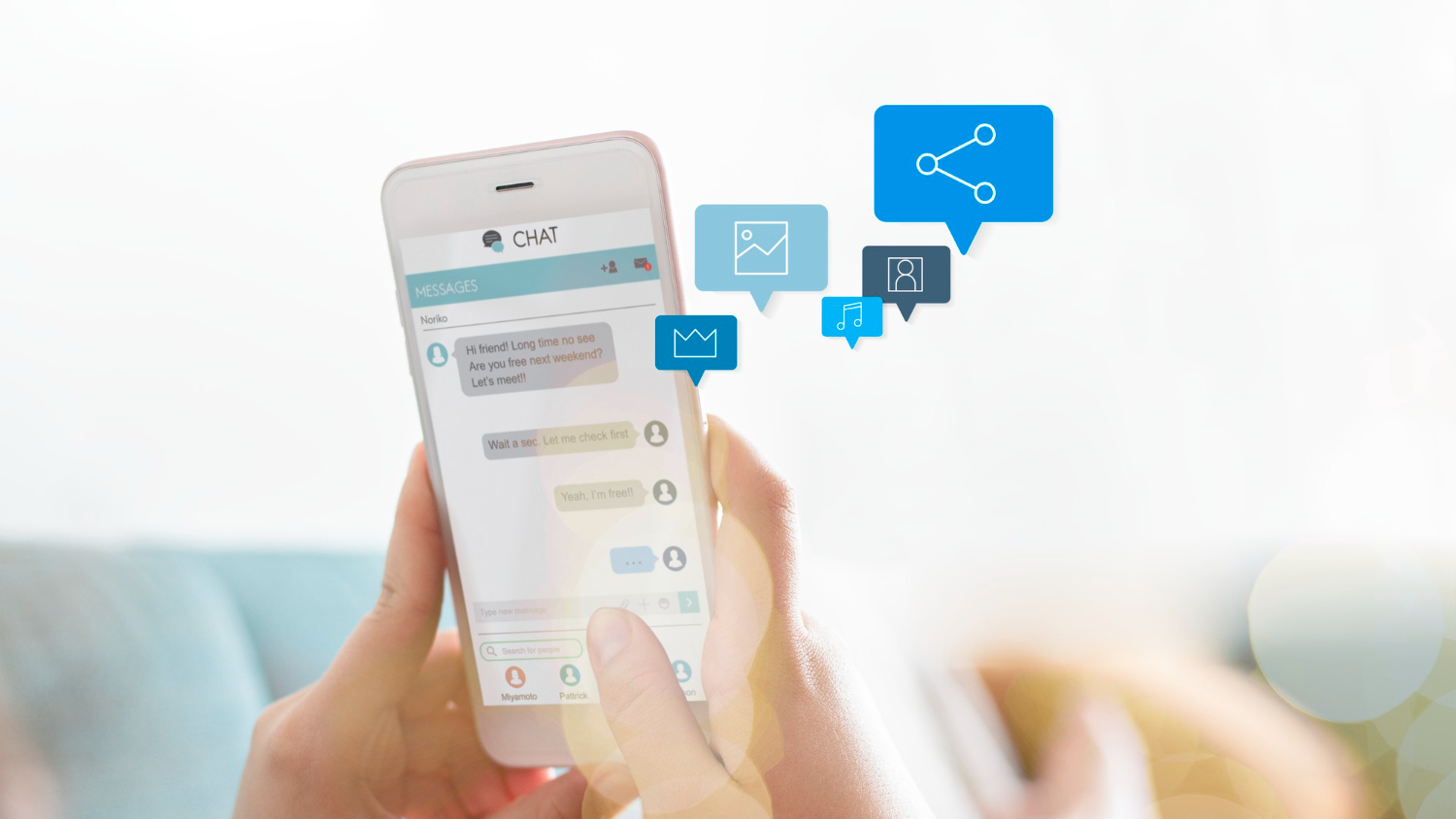The shift from email communication to Instant messaging for Communication in educational institutions has become increasingly prevalent in recent years. This shift reflects a broader trend in society, as people have come to expect real-time communication in their daily interactions. In this blog, we’ll explore the limitations of email communication in educational institutions, the benefits of instant communication, the different options available, the use cases for instant communication in educational institutions, and the communication challenges of implementation.
Limitations of email communication in educational institutions
Email has long been the standard for communication in educational institutions, but it has several limitations. For one, emails can easily get lost in the shuffle, buried in overflowing inboxes. This can lead to important messages being missed or delayed, potentially impacting the educational experience. Additionally, email lacks the immediacy and interactivity of instant communication. It can be difficult to have productive conversations over email, and response times can be slow. This can lead to frustration and make it harder to accomplish tasks efficiently.
Benefits of instant communication in educational institutions
Instant communication, on the other hand, provides several benefits for educational institutions. Real-time communication allows for quick and efficient discussions and can help streamline processes. Interactivity is also improved, making it easier to have meaningful conversations and collaborate effectively. With instant communication, staff members can respond to inquiries quickly and efficiently, reducing wait times and increasing satisfaction.
Different options available for instant communication
There are several options available for educational institutions looking to implement instant communication, including messaging apps, chatbots, and social media messaging. Messaging apps like Slack or Microsoft Teams are popular options that allow for group communication and collaboration. Chatbots can be used to answer frequently asked questions or provide other types of support, freeing up staff members’ time for more complex issues. Social media messaging, such as through Facebook Messenger, can allow for quick and easy communication with students or prospective students.
Maximizing Student Productivity with aapoon Messaging App: Streamlining Education with Circles and Sub-Circles
Use cases for instant communication in educational institutions
Instant communication can be used in a variety of ways in educational institutions. During the admissions process, for example, instant messaging can allow for immediate communication with prospective students and answer any questions they may have. Additionally, academic advising can be streamlined through instant communication, allowing for quick scheduling and follow-up. Instructors can also use instant communication to facilitate group discussions and answer student questions in real-time. Student support services can also be more easily accessible through instant communication, making it easier for students to get the help they need.
Conclusion
The shift towards instant communication in educational institutions reflects a broader societal trend towards real-time communication. Educational institutions have several options available to them, each with their benefits and drawbacks. By leveraging instant communication, educational institutions can improve communication and efficiency in a variety of contexts, from admissions to academic advising. However, challenges like privacy and security concerns must be carefully considered and addressed. Overall, instant communication represents a powerful tool for educational institutions to better serve their students and improve their operations.


